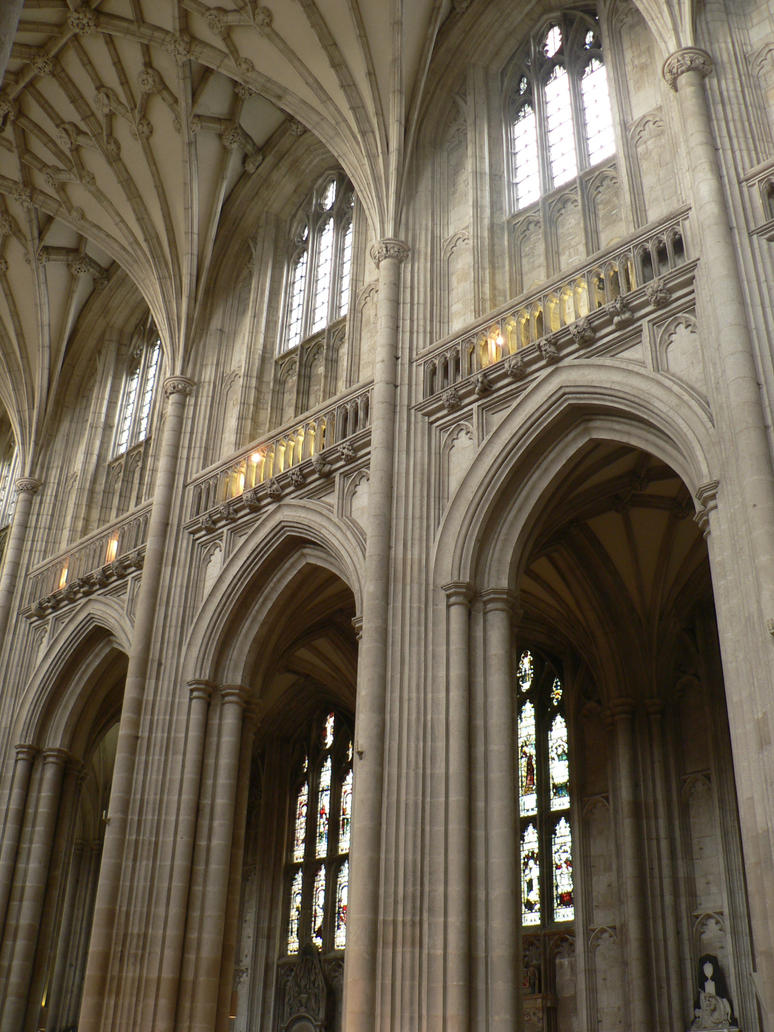
James Miles
I completed my BA with Upper Second Class Honours at the University of Southampton in 2009 followed by my MSc in 2010 at the same university. My MSc dissertation followed the use of interactive models within the publication of the excavation record.
My current research is on the relevance of structural analysis within archaeological interpretation and archaeological modelling with Winchester Cathedral Close being used as a case study.
The research focuses on the combination of different recording techniques currently used within archaeology such as laser scanning, photogrammetry and building surveying to create a system of models that replicate the basic form of a building. Structural analysis is then used to identify the structural integrity of these buildings, identifying how the building may have changed over time. This work will then be compared to 3D models of past buildings and be used to clarify the layout of the building, adding to the integrity of the 3D representation.
Whilst completing my PhD I was involved in a number of funded projects which used my expertise in 3D recording. I was a key figure within the AHRC Reflectance Transformation Imaging (RTI) project and I have been involved within the teaching of this technique to students and community groups. I was likewise part of the AHRC Portus project through the recording and processing of laser scan data from which I created a series of animations. The scan results have been used to highlight areas of interest and been key within the virtual reconstruction of the site. My research interests at Portus include laser scanning, photogrammetry, RTI and is focused on the integration that they provide within archaeological investigations. I have taken the lead on the recording methodology used on site, and in collaboration with Stephen Kay and Hembo Pagi we are recording the current state of the overall site based on the project’s aim and direction related to each building.
I was also involved within the AHRC Parnassus project which is directly related to my PhD with my specialities of laser scanning, photogrammetry, CAD and structural analysis being integrated into the project. The project aims were to identify how water and wind driven rain could affect historic buildings and it has created a novel way to identify the moisture content within walls using ERT.
My other research interests are based on how 3D recording can aid archaeological understanding of known subjects. I was one of the lead researchers within the photogrammetry and RTI survey of Easter Island statue Hoa Hakananai'a (http://www.sci-news.com/archaeology/article00998.html) and I was also the lead investigators of the CT scanning of the Selby Coin Hoard (http://www.theguardian.com/science/2012/jul/09/x-rays-reveal-secrets-roman-coins). Other collaborations include the use of laser scanning and RTI within the understanding of Etruscan votives with Dr Rebecca Flemming at the University of Cambridge and Kristian Strutt from the University of Southampton, in creating a series of geophysical surveys of Winchester to identify the Medieval and Roman layout of the historic city.
In addition to the projects and my main research interests, I am have also been involved in the teaching of both Undergraduate and Master students at the University of Southampton, including the direct involvement within a number of dissertation projects including David Selmo's research into the use of Underwater RTI.
Whilst completing my PhD I have also started a digital cultural heritage company called Archaeovision with Hembo Pagi. We specialise in various digital recording and web based solutions for cultural heritage, with companies in the UK and Estonia.




